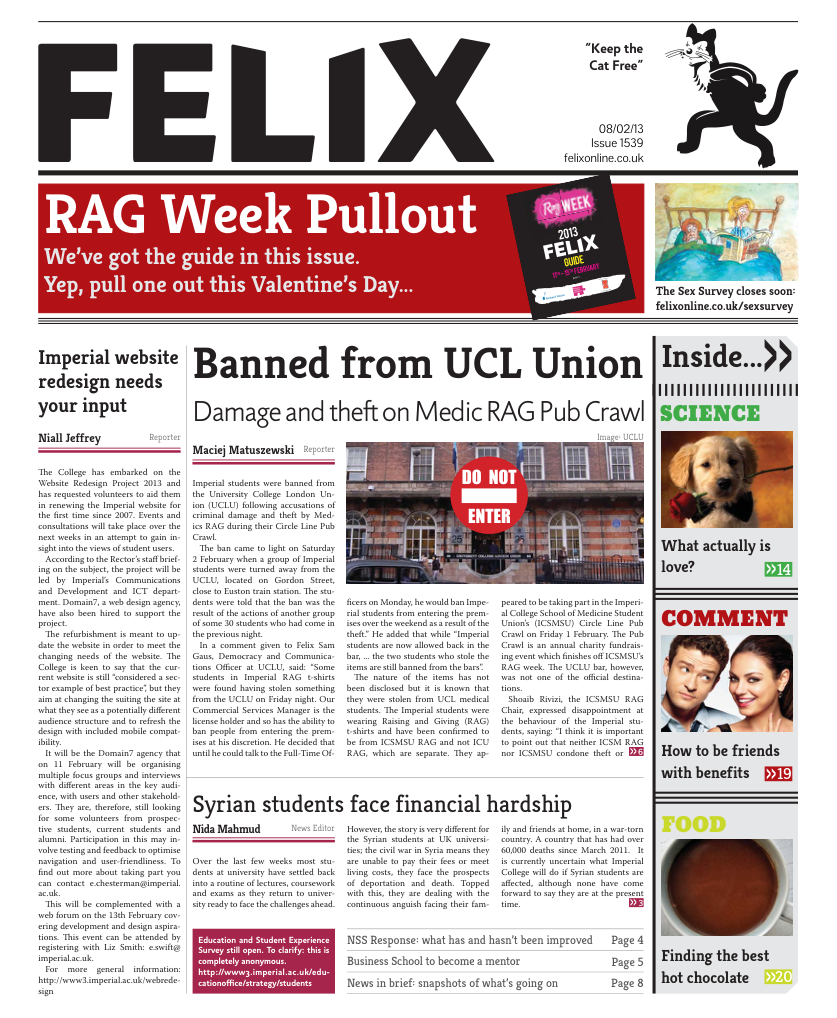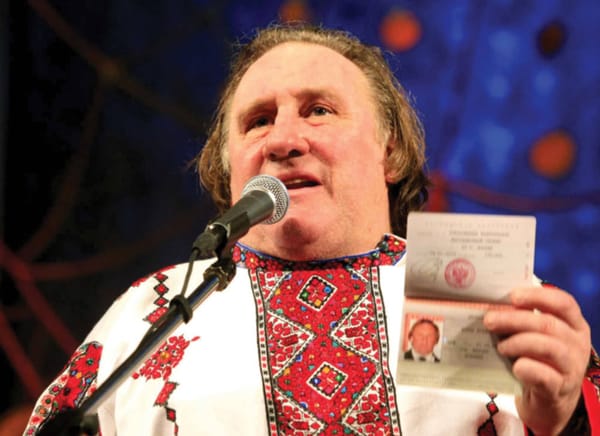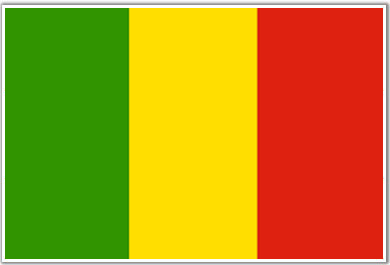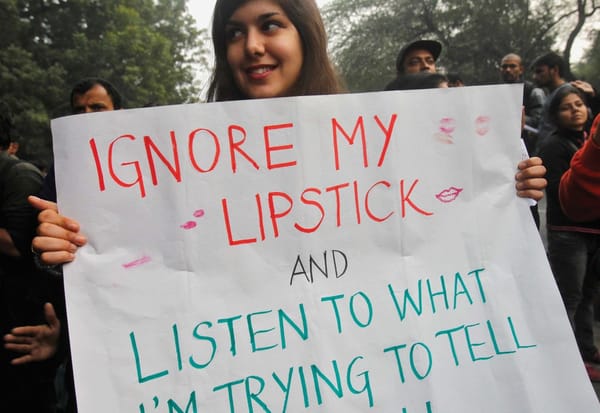Egypt: Two years on, new protests
Padraic Calpin looks at the parallels in this Egyptian government and the last
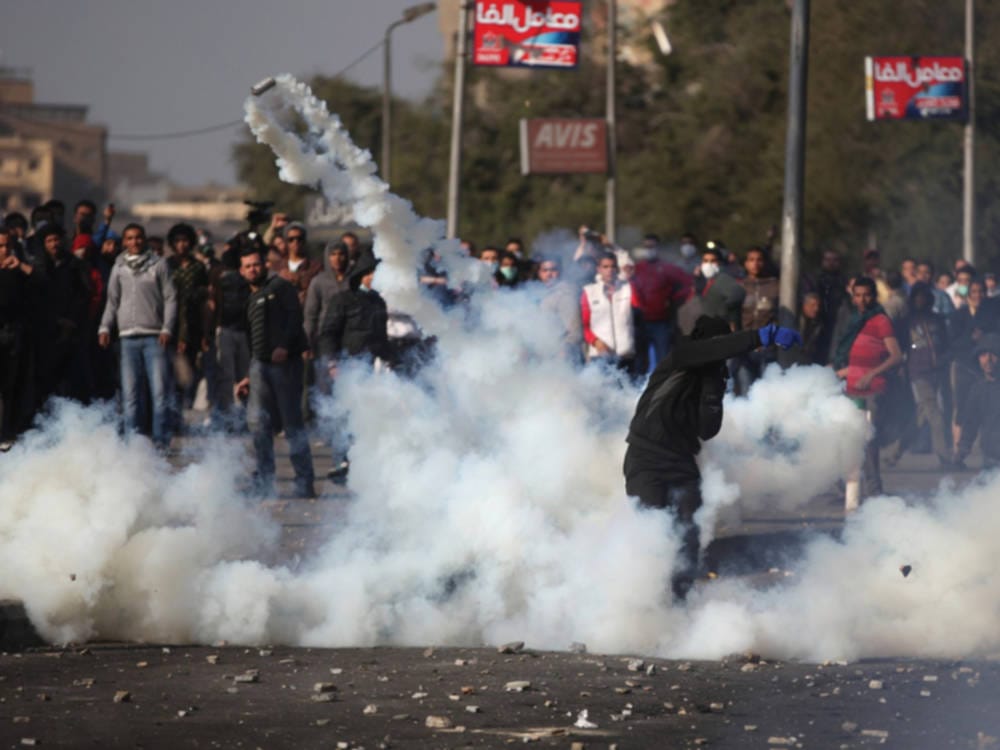
January 25th 2013 wasthe second anniversary of the Egyptian protests that led to the fall of the autocratic regime of Hosni Mubarak. Tahrir Square was once again filled with protesters, their anger now directed at the current elected President Mohamed Morsi, and the police who are accused of excessive violence in a series of clashes in recent months. Two years on, Egypt still seems to be on a precipice.
As police released tear gas across central Cairo, and concentrations in Tahrir Square approached “dangerous levels”, thousands of protesters remained on the streets in open defiance of a curfew imposed by Morsi across three provinces following a series of fatal clashes with protesters and police. The words of the people on the streets echoed the cries of 2011, accusing Morsi’s government of being “exactly the same as the Mubarak gang”, and of trying to establish a ‘theocratic dictatorship’.
In fact, Tahrir Square has hardly stood empty these 24 months. Protests continued through the first half of last year against the interim “Supreme Council of the Armed Forces’ established in the wake of Mubarak’s fall, who were seen as dominated by figures of the old regime and accused of delaying over democratic elections. When the polls finally opened, it was hoped that the democratic election of Mohamed Morsi of the Muslim Brotherhood would see the country continue along the path to reform.
But the Egyptian people remain in the streets, concerned that Morsi is balking at the prospect of reform, or even trying to secure power for the Islamist Muslim Brotherhood. Tensions flared when, while drafting the country’s new constitution, many parties walked out of the negotiation process, claiming that the current document too heavily favoured the Muslim Brotherhood. Morsi followed by giving himself the power to push the draft constitution to a vote and, in the face of public protest, awarded arrest power to the military to provide security for a referendum. The constitution passed, but continues to be criticised for the level of judicial power it passes to Egypt’s upper parliamentary house, the Shura, which is predominantly controlled by the Muslim Brotherhood.
Many who voted yes in that referendum did so hoping that it would bring much needed stability. However, the fallout of another tragedy, just over a year ago, brought the people and the police back into confrontation. The death of some 70 Al-Ahly club supporters at a match in Port Said was such an order of magnitude above any previous football violence that it led many to accuse the SCAF of attacking the club for its role in the 2011 uprising, and when residents of Port Said were sentenced for their role in the disaster it sparked mass civil unrest.
This string of events, culminating in the deaths of 40 Port Said citizens at police hands, are why Egypt is once again gripped by protest. Reports of police violence are multitudinous, and the parallels with Mubarak’s own police crackdown in the face of public revolt are not lost on the people of Egypt. The government has pledged reform, and apologised for the strikingly public police assault of Hammad Saber, which sets it distinctly apart from the ways of the old regime. But Egypt remains in limbo, struggling on with its troubled transition from years of autocracy.

